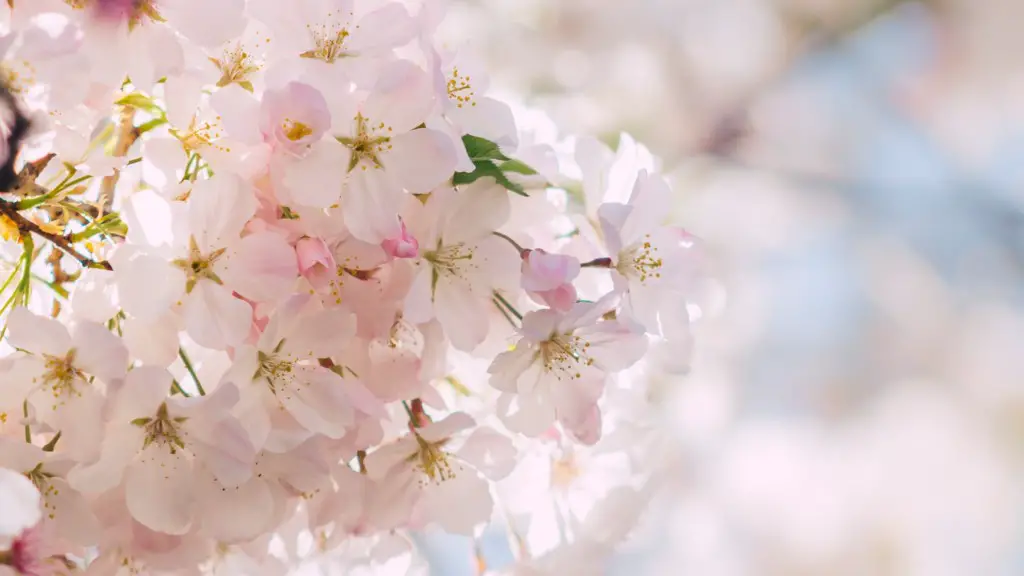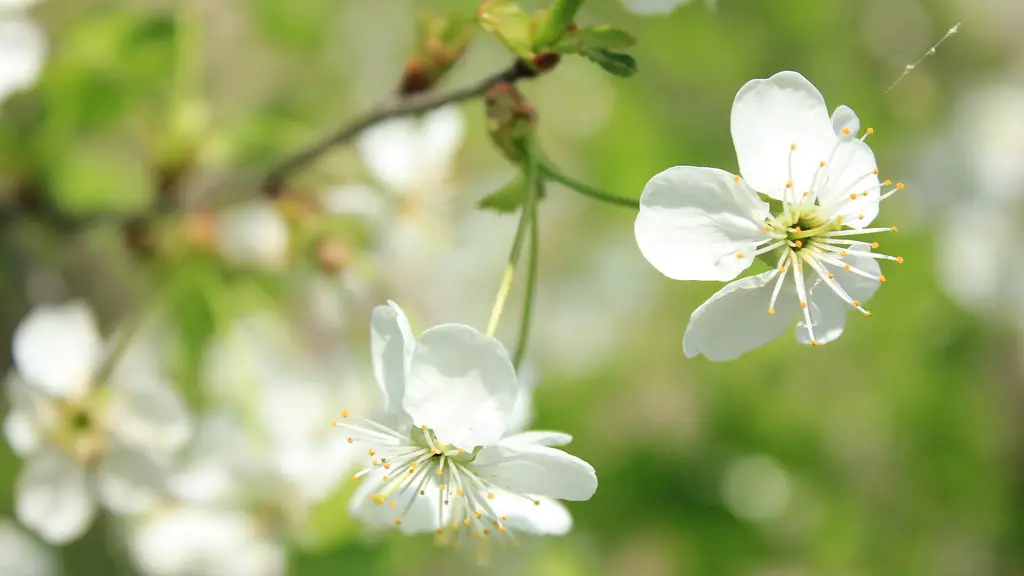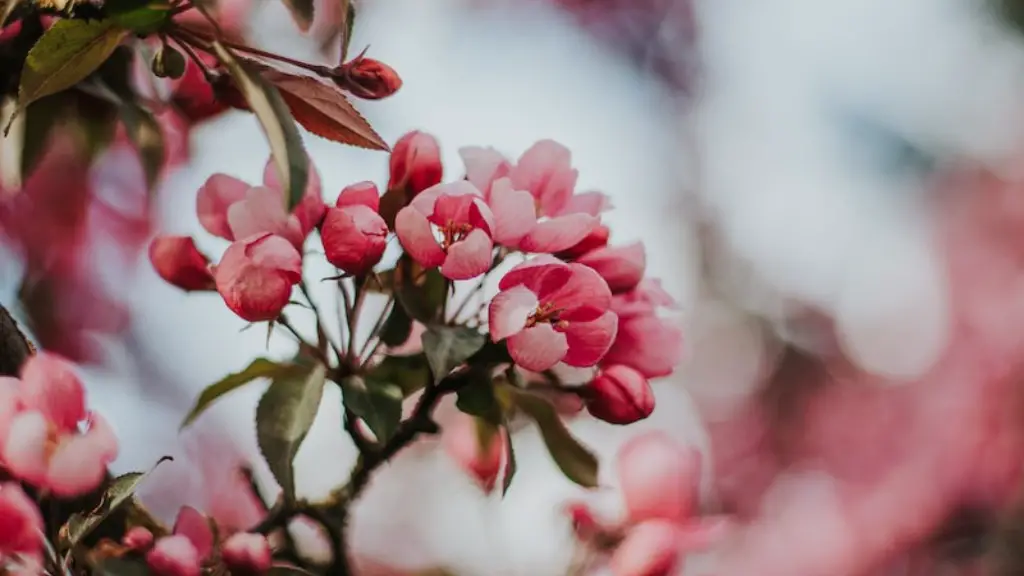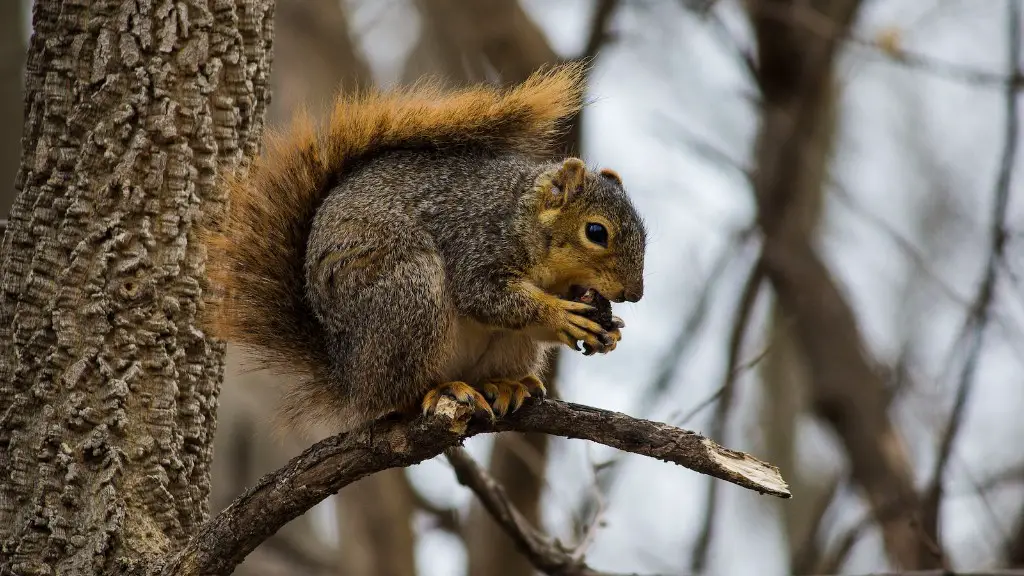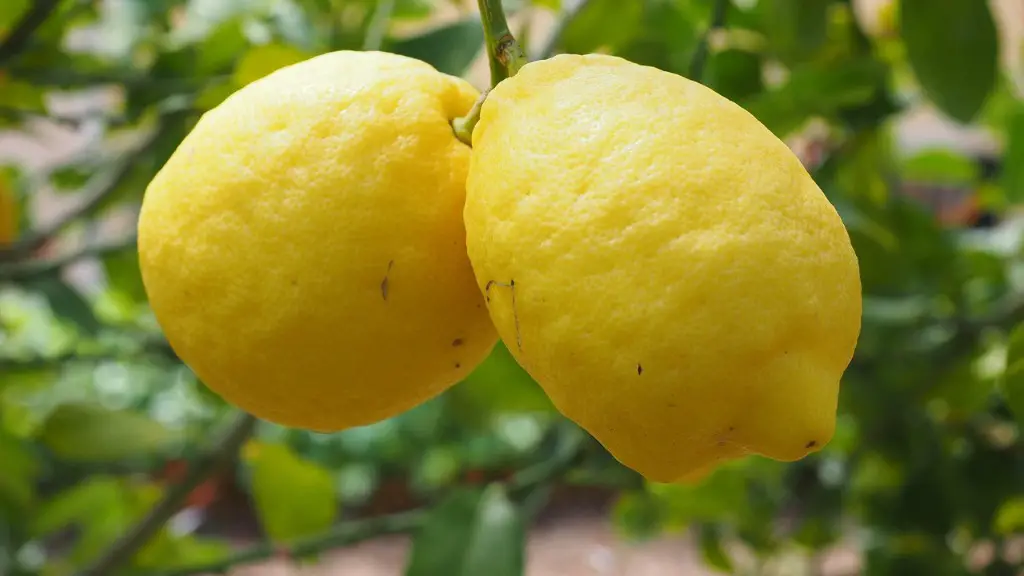In order to plant a cherry tree, you will need to dig a hole that is twice the width of the tree’s root ball and just as deep. After digging the hole, you will need to remove the tree from its container and loosen the roots gently. Once the tree is in the hole, you will need to fill the hole with soil, tamping it down as you go. Water the tree deeply immediately after planting.
To plant a cherry tree, you will need a cherry tree, a shovel, and some soil. First, dig a hole in the ground that is twice the size of the tree’s roots. Next, place the tree in the hole and fill in the hole with soil. Finally, water the tree.
What is the best time to plant cherry tree?
Spring planting is best for beginners because it is when most trees can be planted, including cherry trees. Fall planting will give your tree time to establish roots before winter arrives, which means it is more likely to survive the winter and produce cherries in the spring.
Cherry trees are best suited for a warm climate with little to no frost. They prefer well-drained, slightly acidic soil and plenty of sunlight. Morello cherry varieties are smaller in size and can tolerate some shade, making them ideal for north-facing boundaries. These varieties are also self-fertile, so they can be grown without a planting partner.
Can you plant a single cherry tree
One sour cherry tree needs to be planted for pollination and fruit set Many sweet cherry varieties cannot produce fruit from their own pollen and are considered self-unfruitful. These plants require cross-pollination for fruit set.
Sweet and sour cherry trees are both easy to grow and produce fruit that can be used in a variety of ways. Sweet cherries are typically eaten raw, while sour cherries are used in pies and other baked goods. If you want to grow sweet cherries, you will need to plant at least 2-3 trees to ensure pollination. There is also a dwarf sweet cherry tree that is self-pollinating, which may be new to most markets.
Can you grow a cherry tree from store bought cherries?
You can grow cherries at home using pits from locally grown cherries, but it will take longer for the tree to bear fruit using this process. Use pits from cherries that are grown locally or purchased from the farmer’s market. Avoid using the pits from cherries grown in other climates as they may not be compatible with the climate in your area.
If you are looking to plant a cherry tree, keep in mind that they grow best in USDA Hardiness Zones 4 to 8. These cherry trees typically take 3 to 5 years to begin bearing fruit, depending upon the tree size (dwarf trees will bear sooner) and the variety.
Do cherry trees need lots of water?
Cherry trees need moist soil to thrive. They should receive an inch of water every two weeks while they’re young. During times of drought, they may need a little extra water. Keep an eye on the weather report or use a rain gauge to see how much rainwater your trees are getting.
Standard cherries that grow large should be planted 35 to 40 feet apart. You can space dwarf trees 8 to 10 feet apart. Once you plant your tree keep it consistently watered, but not soaked, for the first year. Deep soak established trees when the top few inches of the soil is dry.
How far away from a house should a cherry tree be planted
When pruning a fruit tree, it’s important to take into account the rootstock that the tree is grafted on. For fruit trees grafted on dwarf rootstocks, you should only prune back 3m or so. For fruit trees on vigorous rootstocks, you can prune back 6m or more. This will ensure that your fruit tree continues to produce fruit for years to come.
If you’re looking for a Barbados cherry tree that’s approximately 3-35 ft tall, you’ll be sure to find one that’s perfect for your needs. These trees produce sweet-tart fruit that’s perfect for making jams, jellies, pies, and other delicious treats.
How do I know if my cherry tree is male or female?
Hermaphroditic trees are those that have both male and female reproductive parts in their flowers. This is in contrast to trees that have either male or female reproductive parts. Male trees have pollen-laden stamens, while female trees have pistils that hold the egg. You can tell the difference between the two by looking at the flowers.
There is no need to have both male and female cherry trees next to each other, as they can self-pollinate. You can plant an all-female tree one year, and an all-male tree the next year, and they will pollinate each other.
Do cherry trees come back every year
It takes between four and five years for a cherry tree planted as a sapling to reach maturity. However, some varieties of cherry trees have faster growth rates than others. You can expect to harvest a full crop from a mature cherry tree every year.
When the weather is colder than usual, it can damage the cherry blossoms. If it’s only for a short time, then only 10% of the blossoms will be damaged. However, if it’s for multiple days, then up to 90% of them can be damaged and won’t bloom. Therefore, it’s important to keep an eye on the weather forecast and take action to protect the blossoms if necessary.
Are cherry trees hard to maintain?
Cherry trees are a type of fruit tree that can be grown either for their edible fruit or for their beautiful blossoms. Though they require some different care, in general they just need to have good air circulation, an adequate amount of sunlight, and well-drained and fertile soil. However, cherry trees are vulnerable to root rot, so the soil needs to be well-drained.
Cherry trees can be propagated by stem cuttings or grafting. Stem cuttings refer to any stem that is cut to produce a new plant. This new plant will be identical to the “mother plant”.
Cherry trees are usually semi-hardwood (summer or fall) or hardwood cuttings (during dormant season when wood is hard and mature).
Conclusion
Cherry trees can be planted in early spring or late fall. Choose a sunny spot with well-drained soil.
Prepare the planting hole twice as wide and as deep as the root ball. Gently remove the tree from the container and loosen any circled or matted roots.
Place the tree in the planting hole so that the graft union (the bulge where the lower trunk meets the upper part of the tree) is 2 to 4 inches above the soil line.
Fill the hole with soil, tamping gently around the roots as you go. Water the tree deeply.
Mulch around the tree, keeping the mulch a few inches away from the trunk.
When planting a cherry tree, it is important to choose a location that has well-drained soil and receives full sun. The hole for the tree should be twice as wide as the root ball and just deep enough so that the root ball is level with the ground. After planting, water the tree deeply and mulch around the base of the tree.
